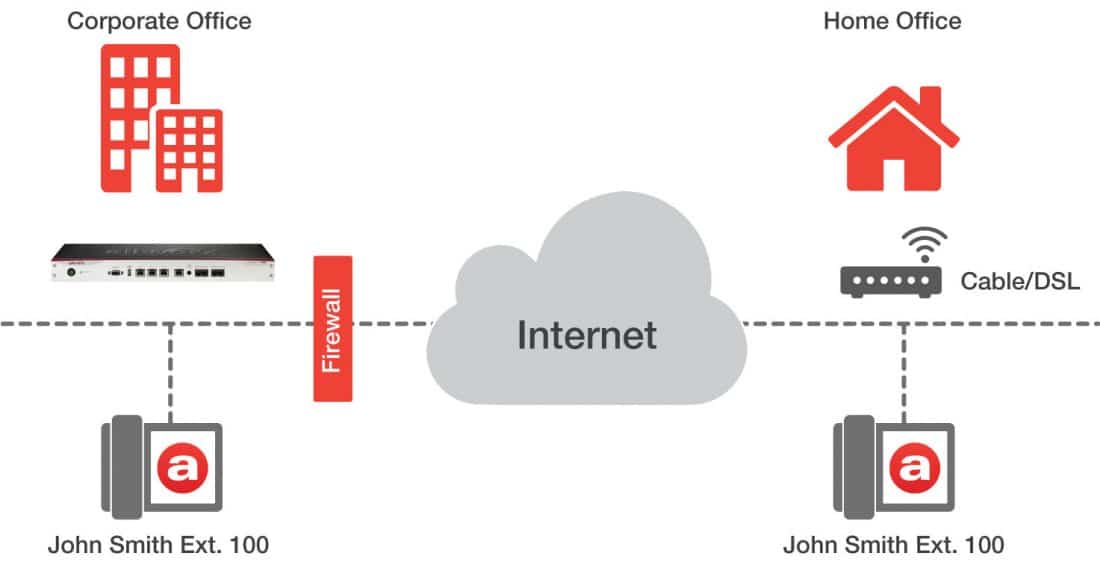
To set up a VPN server, you must create a Pre-shared Key (UniFi generates a secure one automatically) and user credentials ( Username and Password) that are entered on clients to authenticate their remote network access. Note: Dynamic DNS can be used to avoid reconfiguring your clients’ VPN when IP changes occur, but this process is not outlined here.
#Remoter behind firewall update#
Your UniFi gateway will automatically update server-side settings. We recommend obtaining a static public IP address from your ISP to avoid having to reconfigure all of your clients every time your IP changes.

VPN server configuration requires a UniFi gateway and a public IP address. It’s faster, more secure, and requires zero configuration.įor more information about Teleport and other VPN options, see our Introduction to UniFi VPNs. Localhost:80 - In this example, strongly recommend Teleport VPN for most users seeking to remotely access their UniFi OS Console’s network. This can be any number you want within the range 1-65535, however its recommended you use one within the range of 1024-49151 so as not to conflict with regularly used ports. L - The flag which makes it a local port forward.Ĩ0 - The port you want to forward from your local machine. i "your-key.pem" - The key you use to secure the tunnel. This is the command we'll use to create a secure tunnel ssh -i ".ssh/your-key.pem" -L 80:localhost:80 another diagram for a clearer explanation Got your shovel handy? Lets get to tunnelling! Lets get started When it comes to security, the less ways in, the more secure it is. Requests that don't go through SSH are blocked by a firewall before it can reach a server. It also means that there's only one way which a machine can be accessed by. This means a secure handshake between the two computers, invisible to any third party, secured by your private key. With this example, there was no point in time where the request was unencrypted while being transmitted over the internet. and you're securely connected! What's the point of all this? In this case, a web server receives requests on port 80, but this could be a database, a web service, etc. It will assign your key to the encryption for security.Īs the firewall is open on port 22, it will let the request through (provided you gave the right key) to the RONIN server.Īt the end of the tunnel is your RONIN server and the request will be changed to what the application is expecting.

This is changed to an SSH request, port 22. Your SSH Command will forward any requests of port 80 through the SSH tunnel.
#Remoter behind firewall Pc#
We start with your PC requesting your web server at port 80 (as an example, can be any port number you choose) More information on what else SSH can do, type man ssh into a terminal We won't discuss other types of port forwarding in this article other than local port forwarding. Because the connection is encrypted, SSH tunneling is useful for transmitting information that uses an unencrypted protocol, such as a service using an unencrypted protocol (e.g a webserver using the HTTP protocol on port 80) Port forwarding via SSH (SSH tunneling) creates a secure connection between a local computer and a remote machine through which services can be relayed.

X11 Port Forwarding - add -X flag Detailed Guide - for normal humans What is SSH Port Forwarding (or Tunnelling)

Local Port Forward ssh -i ".ssh/your-key.pem" -L 80:localhost:80 forwarding without shell, add -f flag Port forwarding with SSH to the rescue! Quick Start - for those wearing knitted cardigans. Perhaps you want to connect to it via your local PC instead? You won't be able to access it quite the same way, as your PC is not a part of the projects subnet, and only port 22 is open on the webserver. This will only work with machines within your project however, as all machines are contained by a project subnet.
#Remoter behind firewall windows#
One way is to create a Windows machine in RONIN, connect to it via RDP, open a web browser and navigate to your server's address (e.g. Say we have built an apache web server on Ubuntu in RONIN, and the machine address is But how will you, for example, connect to your web application via a browser? We've already discussed connecting to your server via SSH which is great for accessing your server's terminal. Have a look at our desktop app RONIN LINK that makes this and other long terminal commands easy.


 0 kommentar(er)
0 kommentar(er)
